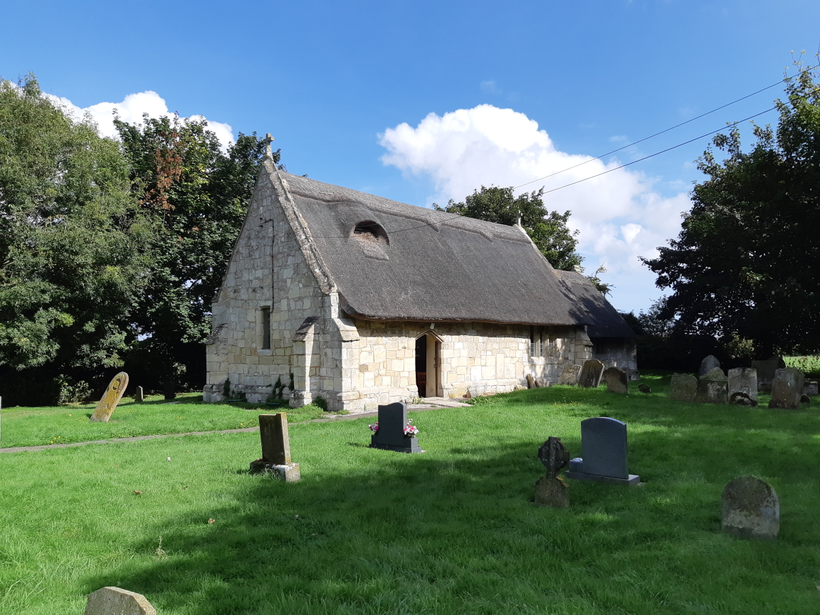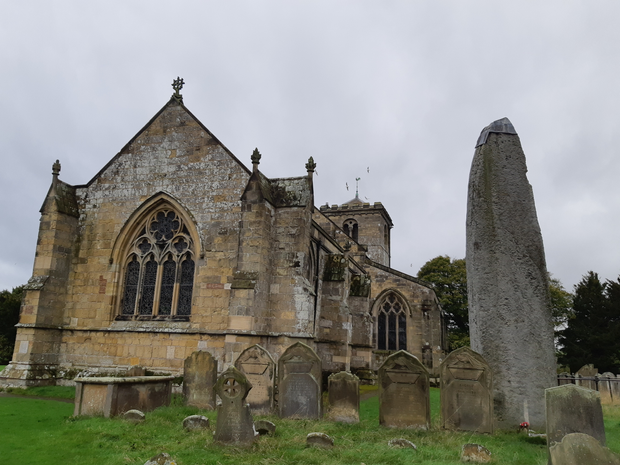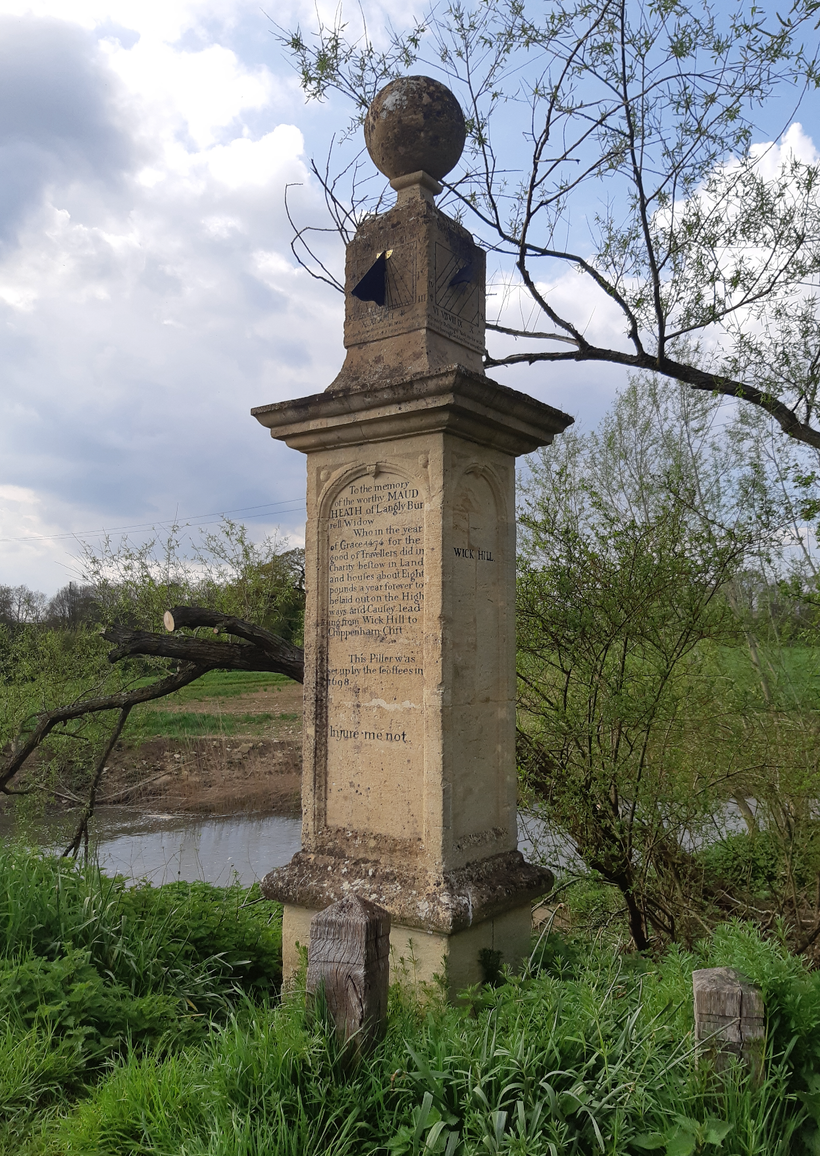
In the middle of Prague’s old town sits the baroque church of St. James the Greater (Kostel Sv. Jakuba Vetsiho); a beautiful Minor Basilica and a veritable triumph of baroque architecture. Originally, the church was built in the 13thcentury but was destroyed by a fire in 1689 – believed to have been started by people working for Louis XIV of France. The destruction of the church sadly took all of its history and gothic finery with it. However, when rebuilt, the basilica became gloriously elaborate with vaulted ceilings, frescos, reliefs, a world-famous organ and over twenty altars.
While these attributes are primed for a tourist guidebook, there are two features within the church walls that are shudderingly unique.

Buried Alive
The grandest memorial within the church is a memorial to Count Jan Václav Vratislav of Mitrovice. A beautifully carved memorial of weeping women, angels and a pieta-likeness of the count on top, it would be a fascinating sight without any further knowledge of the count himself.

When in Vienna in 1712, the count died of dropsy (Edema – fluid retention) and was returned to be buried in Prague. Awaiting him was the beautiful monument, ready for his coffin.
However, after the count’s funeral, noises could be heard from within the tomb. Parishioners believed that such horrible noises were caused by the count’s restless soul and they joined in prayer for his salvation, until the noises eventually stopped.
In a later renovation of the church, workers opened the Count’s tomb and found his body outside of his coffin. The Count had been buried alive and escaped the confines of his coffin, but was trapped by his own stone monument.
The Thief’s Arm

As you enter the church, immediately to the right, high up on the ceiling, hangs a blackened, mummified human arm.
The 400 year old arm, impaled on a meat hook, serves as a warning to all future criminals considering robbing the church.

According to legend, a homeless man entered the basilica, seeking refuge from particularly cold weather. He quickly spied the bejewelled statue of the Virgin Mary and decided to hide in the church until nightfall, after which he would take the jewels and flee.
After the church was locked up, the man made his way through the darkness, towards the Virgin Mary. As he reached out to touch the jewels, the statue quickly grabbed his arm, holding the man tightly in place. The man remained there all night and was discovered by parishioners the next morning, still screaming.

The parishioners tried to free the thief, but Mary would not relax her grasp. Instead, they were forced to amputate. Many of the churchgoers were also members of the local butcher’s guild, so had the instruments, and now-infamous hook, to hand.
As soon as the arm was severed, Mary released her grasp and the statue returned to normal.
As a warning, the arm was thrust on a meat hook and suspended in the narthex as a memorial and a warning to any future wrong-doers.
The legitimacy of the story is understandably a little squiffy. The parishioners undoubtedly wanted a gimmick for their place of worship and in the time of brutal medicine, finding a rogue arm wouldn’t have been impossible. However, the story of the sentient statue is far more exciting.

*
***
Liked this post? Then why not join the Patreon clubhouse? From as little as £1 a month, you’ll get access to four brand new posts every week (articles, pictures, videos, audio) and full access to all content before that! Loads of exclusive stuff goes on Patreon, never to be seen on the main site. Pop on over, support my work, have a chat and let me show you my skulls…
www.patreon.com/burialsandbeyond
***
Resources/Further Reading:
https://www.atlasobscura.com/places/thief-s-arm-kostel-sv-jakuba-vetsiho
http://www.unexpectedtraveller.com/Blog/mummified-thiefs-arm/
https://en.wikipedia.org/wiki/Johann_Wenzel_Wratislaw_von_Mitrowitz







Leave a comment